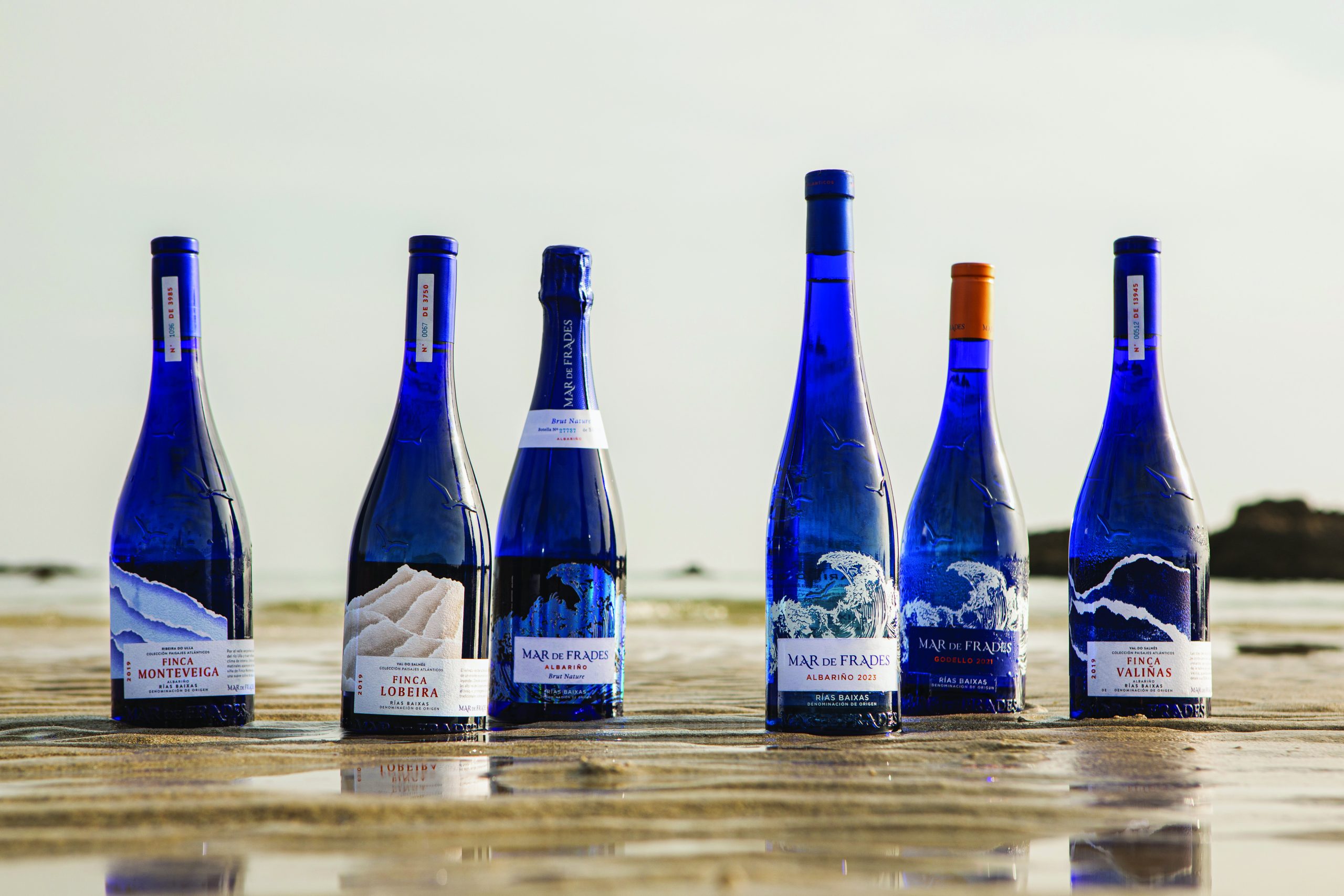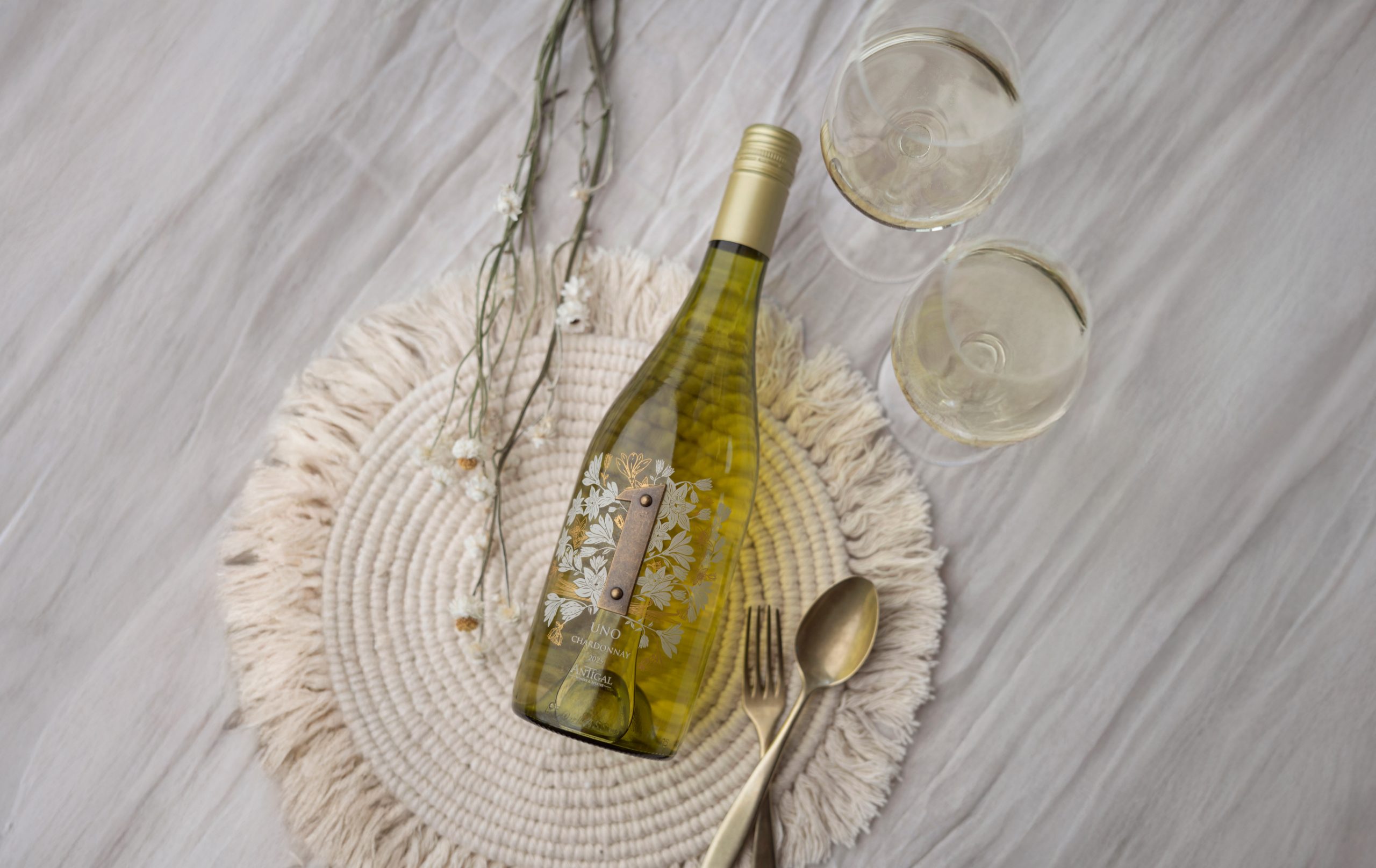Monferrato’s modernisation of Barbera: Part Two
Louis Thomas continues his travels in Piemonte, delving into the threats and opportunities that producers cultivating Barbera face.

To read Part One of this article, click here.
Not just for the table
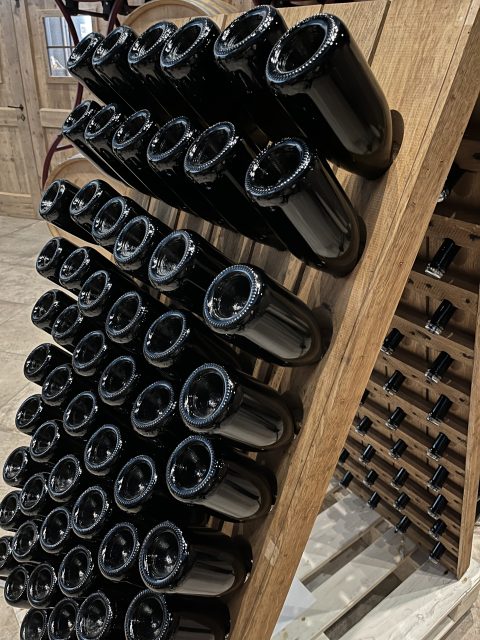
Beyond the still, dry red expressions which the grape is most celebrated for, Barbera is being used by some to make all manner of wines, from pink rosé to sweet passito, and even sparkling.
The latter has become a small but intriguing part of the production of Hic et Nunc, which has 21 hectares of vines – 10ha of which is Barbera.
The Barbera grapes used in its sparkling wines are sourced from plots lower down on the hills, where the reduced exposure to sunlight helps the fruit to retain acidity.
Hic et Nunc produces both metodo classico sparklings, such as its pas dosé MonBullae (50% Barbera and 50% Cortese, aged on the lees for 30 months), and Martinotti method ones, like the Pandemonio, a spumante brut rosé (100% Barbera, which spends nine months on the lees).
“The idea was to create something that talks about Monferrato, even through bubbles,” explained a spokesperson for the winery.
Certainly, these wines still have the red fruit and acidity that one expects from Barbera (the quality of ‘freshness’ lending itself very well to the fizz format), but, by being used for a sparkling wine, it offers a different perspective of the grape that leans even further into its capacity to bring refreshment, rather than richness.
These are certainly not wine styles we expect from Barbera – whether they are wines consumers actually want from this grape is another matter altogether. With red wine consumption declining and sales of white and rosé on the up, it’s not the worst idea for producers to use a grape they already have in abundance to make more ‘marketable’ wines, though with around 13,000 bottles of the Pandemonio produced out of Hic et Nunc’s total annual production of 100,000, a future dominated by Barbera fizz is still some time off.
Disease pressures
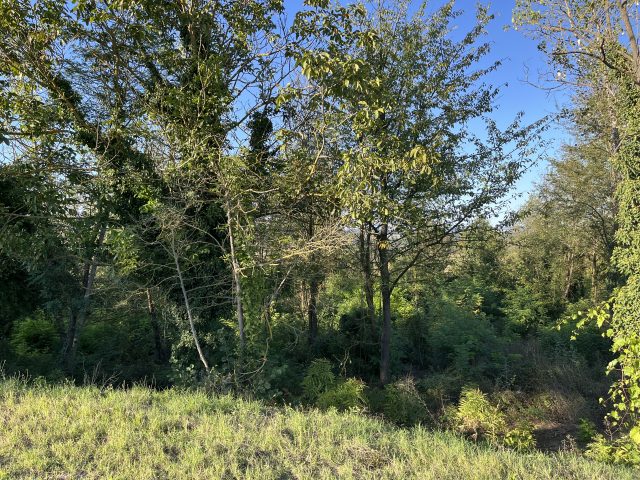
For all its attributes, Barbera is a grape with a “curse”, according to Marchesi Incisa della Rocchetta managing director Filiberto Massone Incisa della Rocchetta. That curse comes in the form of Flavescence Dorée, more commonly abbreviated to ‘FD’.
“The disease is transmitted by a bug, so we have to spray, it’s mandatory by law, but the problem is the forest around here was vineyard area that was abandoned and then grew into woods, and these ‘wild vineyards’ have become an incubator for the disease and it hops into our vineyards,” Della Rocchetta shared. “The disease arrived in the 1980s when Chardonnay was brought in from France, and Pinot Noir and Barbera are very sensitive to it – it prevents the vine from growing properly. FD is not immediately evident, but it becomes so after five years. Climate conditions can also expose it more – drought and subsequent water stress can trigger the disease in the plant.”
There is no real cure, the solution is simply to uproot the infected vines and plant healthier ones in their place, as Tenuta Il Falchetto winemaker Margherita Forno explained: “Every year we have to replace some Barbera plants, so that lowers the average age of the vines. Some clones are more resistant to FD than others, but Barbera is fairly sensitive overall because of its genotype – it has no resistance to the disease, whereas Nebbiolo produces molecules to resist it.”
Given there’s certainly no shortage of Barbera, it seems that producers can live with losing a few vines each year – FD certainly helps to keep yields in check.
Manual vs. Machine
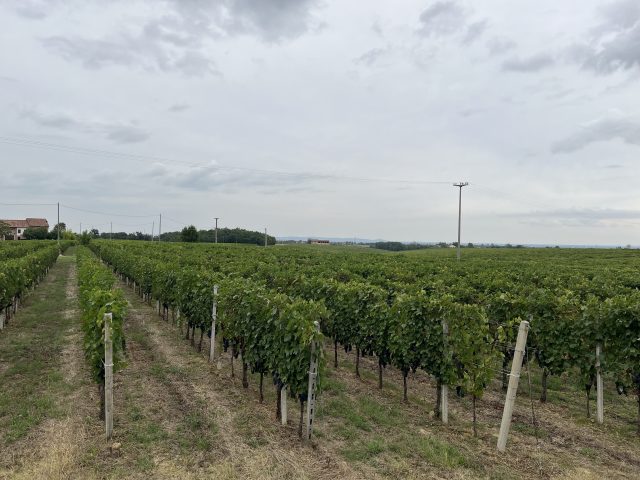
A problem that is far harder to work with is a lack of labour. All of Italy is suffering from a shortage of people to tend to the vineyards.
“Today one of the biggest problems, unless you’re a small producer, is workers,” revealed Pico Maccario’s Emiliano Morando. “We would have to employ 150 people here to work our 112ha, and it would be impossible to control the quality. In the 80s and 90s there were Albanians and Bulgarians working in the vineyard, but nowadays this immigration is impossible.”
“There are a lot of jobs that human being aren’t trained for or interested in doing. We are happy with this because it is cost effective, and there’s no question over how many untrained people we need to make up the numbers, and there’s no question of if they’re going to cut the grape, the bunch, or the entire vine!”
75% of Pico Maccario is machine harvested, and, thanks to a collaboration with the University of Milan, the vineyards are now studded with sensors that create a digital map of the vigour of the vines in different areas.
“The machines can pick up grapes according to the mapping, with only one operator,” shared Morando, noting that the relative flatness of the vineyards is suited to machines. Pruning is still done throughout the year by human hands.
“We have colleagues who now harvest 20-30% of their grapes with machines,” claimed Morando, “even in the more romantic sites!”
Partner Content
Asked if mechanisation provided a possible solution to FD outbreaks, he gave an emphatic “no”.
Another thing machines can’t do is control the weather. Last year, Monferrato was plagued by drought, receiving just 400mm of rain across the year, compared to 4,000mm so far this year, according to Morando. The result was catastrophic: Pico Maccario lost 70% of its production.
Monferrato is not a region geared around mass production. Even those relying on machine harvesting have to respect DOCG rules.
“Our Lavignone vineyard, from which we get our flagship Barbera d’Asti DOCG wine of the same name, has 54ha of Barbera. 20 to 30 years ago, we could easily produce 700,000 bottles from this vineyard – if it was in Puglia, it would make a million, but with the yield limits we have, it’s more like 240,000 in the best years.”
New blood
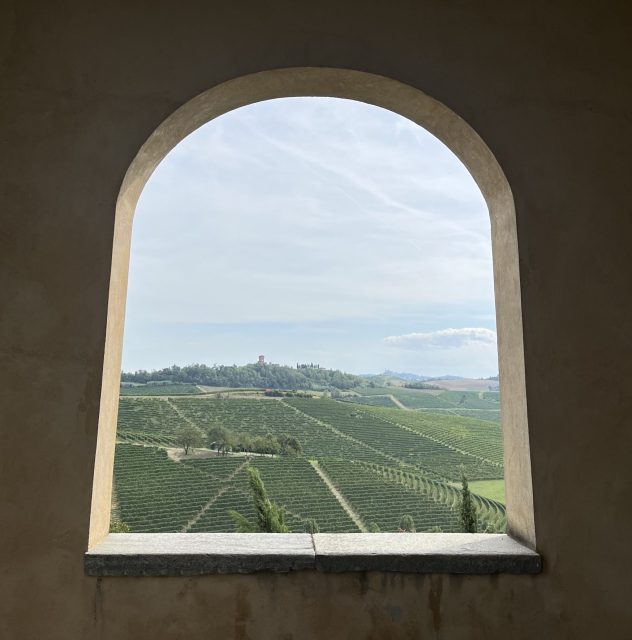
Ultimately, it is people that are defining the modern school of Barbera, not machines. These new ways of thinking about this historic grape variety have come about partially thanks to the arrival of new producers on the scene.
Hic et Nunc, the Latin for ‘here and now’, first began production in 2016.
“We used it [the name] because when the founder Massimo Rosolen came here in 2012, he said that it was his place to set up a winery,” explained a spokesperson for the producer. “He decided to invest here because this is an area rich in small, historic wineries, and he wanted to make a modern, innovative winery as a point of difference.”
While the ultra-modern winery, completed in summer 2020, certainly contrasts with many of the historic estates in Monferrato, looks can be deceiving – many of the producers were founded far more recently than we may suspect.
Although the building of Tenuta Santa Caterina dates back to the 18th century, it had fallen into a state of disrepair and resurrected by Guido Carlo Alleva in the early 2000s. Indeed, in 2020 it won Gambero Rosso‘s ‘Up-and-Coming Winery’ award.
Tenuta Santa Caterina was left derelict for some time in large part because the local population substantially declined, with industrialisation encouraging people to head to the large cities of Turin and Milan for work, abandoning the rural areas that had been their families’ home for generations.
“In the last 30 years, people have returned to the hills though,” said winemaker Luciana Biondo.
Biondo argued that Langhe, and its wine industry, was given a head start over Monferrato because of the early arrival of a big industry in the former – confectionary, spearheaded by Ferrero in Alba.
“People say that the Ferrero owner came by bus to take people from the hills to work in his factories,” Biondo shared, “but in recent years people have returned to work in wine.”
Machinery might help to make up the numbers in the vineyard, but a personal touch, from the winemaking team to the export director, is needed to help Monferrato realise the true potential of its Barbera.
It’s a region on the rise, according to many of those already there, including Il Falchetto’s Forno: “Nowadays we are seeing so many producers from Barolo and Barbaresco coming over to buy vineyards in Nizza because the prices aren’t crazy yet – so if big producers from those very famous areas are coming here, it’s good news.”
According to 2022 data from the Consiglio per la Ricerca in agricoltura e l’analisi dell’Economia Araria (CREA), the average price for a hectare of vineyard in the province of Cuneo, which contains Barolo, was €155,700. Around Asti, it was a more moderate €52,800.
After the challenges of recent vintages, 2024 has been something of a relief, and, though not without its weaknesses, Barbera will continue to be the signature variety of Monferrato – but that is not to say that individual producers aren’t leaving their own stamp on the region, and it is a region that is still ripe for further innovation.
Related news
Campari sells Averna and Zedda Piras, raising £88m

